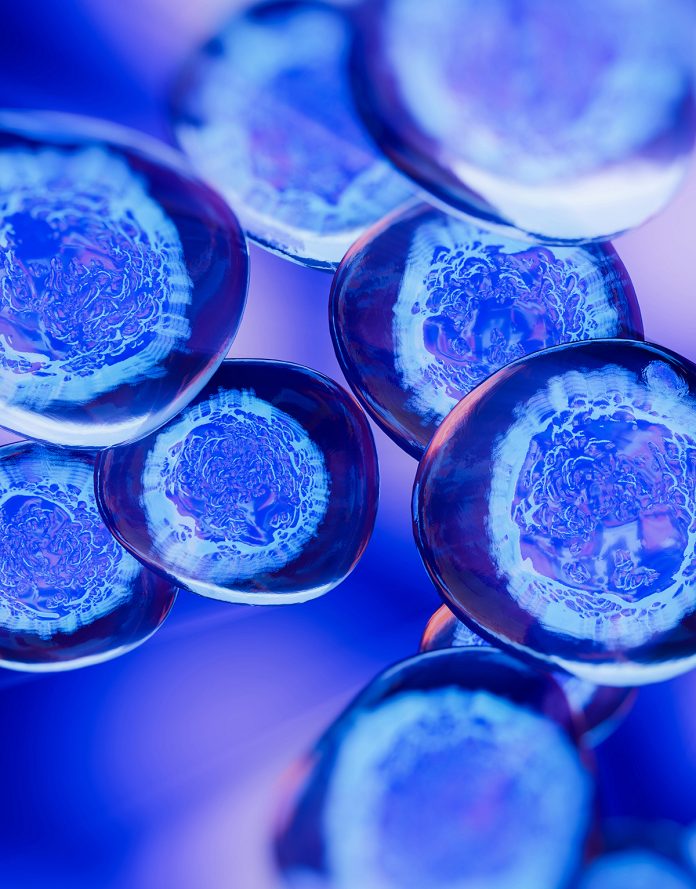
A research team at the Albert Einstein College of Medicine has made a significant discovery that could enhance the effectiveness of stem-cell transplants, a critical treatment for patients with cancer, blood disorders, or autoimmune diseases.
Published in Science, the study reveals a novel mechanism that may improve the mobilization of hematopoietic stem cells (HSCs), which are vital for the success of these transplants.
“Our research has the potential to improve the success of stem-cell transplants and expand their use,” explained Ulrich Steidl, MD, PhD, professor and chair of cell biology at Einstein.
Stem-cell transplants are used to treat diseases where an individual’s HSCs have become cancerous, as in leukemia or myelodysplastic syndromes, or are insufficient in number, as in bone marrow failure and severe autoimmune disorders.
The therapy involves infusing healthy HSCs from donors into patients. To harvest these HSCs, donors are given drugs that cause HSCs to mobilize from the bone marrow into the bloodstream, where they can be collected and transplanted. However, current mobilization drugs often fail to liberate enough HSCs for the transplants to be effective.
“It’s normal for a tiny fraction of HSCs to exit the bone marrow and enter the bloodstream, but what controls this mobilization isn’t well understood,” said Britta Will, PhD, associate professor of oncology and of medicine at Einstein. “Our research represents a fundamental advance in our understanding, and points to a new way to improve HSC mobilization for clinical use.”
The researchers discovered that variations in proteins on the surface of HSCs influence their propensity to leave the bone marrow. They observed that a large subset of HSCs display surface proteins typically associated with macrophages, a type of immune cell. HSCs with these surface proteins tended to stay in the bone marrow, while those without the markers exited the marrow more readily when mobilization drugs were administered.
The key finding was that some HSCs engage in a process called trogocytosis, where one cell type extracts membrane fragments from another cell type and incorporates them into their own membranes. HSCs with high levels of the protein c-Kit on their surface were able to carry out trogocytosis, incorporating macrophage proteins into their membranes, which made them more likely to stay in the bone marrow. This suggests that impairing c-Kit could prevent trogocytosis, leading to more HSCs being mobilized for transplantation.
“Trogocytosis plays a role in regulating immune responses and other cellular systems, but this is the first time anyone has seen stem cells engage in the process. We are still seeking the exact mechanism for how HSCs regulate trogocytosis,” said Xin Gao, PhD, assistant professor of pathology and laboratory medicine at the University of Wisconsin-Madison.
The researchers plan to continue investigating this process. “Our ongoing efforts will look for other functions of trogocytosis in HSCs, including potential roles in blood regeneration, eliminating defective stem cells, and in hematologic malignancies,” Will concluded in a press statement.





